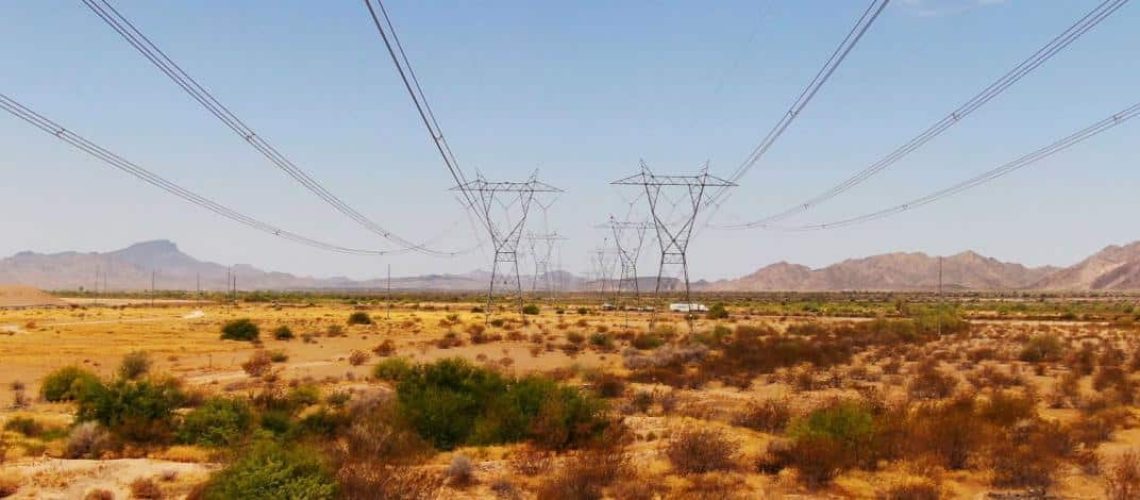A new Federal Energy Regulatory Commission (FERC) order on transmission planning will not help renewables projects connect to the transmission grid “in any sort of timeframe that would benefit” a project now awaiting interconnection, said Kat Gamache, a partner with the law firm Norton Rose Fulbright, on a webinar hosted by the firm.
FERC Commissioner Allison Clements agreed with Gamache, saying “this new transmission rule is not going to help today’s projects,” except to the extent that grid-enhancing technologies including advanced conductors “are brought into economic planning processes and reliability planning processes right away.” Doing so would be “a material improvement,” she said.
FERC Order 1920 requires transmission owners to consider these grid-enhancing technologies in developing the 20-year transmission plans that the order requires.
But Clements, while acknowledging three barriers to deploying the technologies, made the case for their prompt deployment. The first barrier is financial, she said, agreeing with a concern related by the webinar’s moderator that grid-enhancing technologies cost less than new transmission and do not add much to a utility’s rate base, whereas utilities aim to grow by adding to their rate base.
Then there are operational barriers to using grid-enhancing technologies, Clements said, because “even though many of these technologies are common around the world, they haven’t been deployed in the US.” Grid analysts have challenged the federally owned utility Bonneville Power and other transmission providers for yielding to operational barriers.
“There are also corporate barriers,” Clements said, because engineers, their group leaders and executives “are not incentivized to make more room on the grid now.”
But because FERC’s transmission rule will “take years to bear fruit,” Clements advised that “any transmission provider in a state that wants economic development, wants re-onshoring of advanced manufacturing, wants load growth for the value it brings to its state for other reasons, should be saying, ‘Let’s line up these grid-enhancing technologies, because right now they can make space on the system.’”
Turning to FERC’s role, Clements said “there’s a lot more to be done” to improve interconnection, following FERC’s Order 2023 last year to reform the interconnection processes of transmission providers.
“There’s a lot of opportunity” for standardization in the way interconnection applications are processed, she said, and for machine learning “to help us do these studies very quickly.” In addition, there are some “really interesting conversations going on” within grid operator SPP about possibly setting a standard fee per megawatt for interconnecting a generator, she said.
Clements expressed hope that a FERC workshop on September 10 and 11 to consider further improvements to interconnection will involve some of those questions.
Grid Strategies President Rob Gramlich said he expects that in the medium term, transmission regions “that actually follow through and implement” FERC’s new transmission rule will see a great improvement in interconnection speed and cost once new transmission is built.
He gave the example of the midcontinent grid operator MISO, where in late 2008 an agreement was reached to build new transmission to connect 300 MW of wind projects to the grid. Five years later, by 2013, the lines were built, “and almost instantaneously, when those lines were energized, interconnections became extremely fast and cheap” compared to previous years, he said.
Clements reminded listeners that “we have 2.6 terawatts of generation in line to hook up to the grid, and 90-plus percent of that is solar, wind and storage.”



